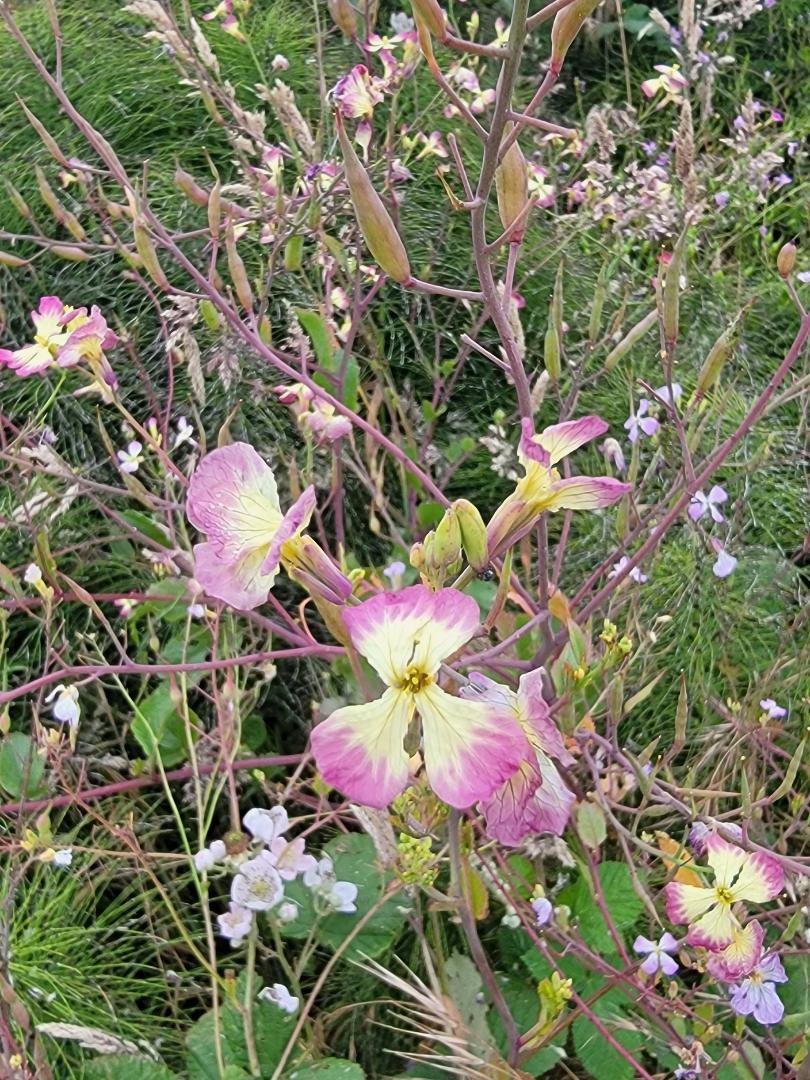The Village

Hello, friends.
I struggled to know exactly what to title this particular blog post. My first thought was to use Fort Bragg Skyline. I Googled “skyline,” though, just to be sure I was using the correct word. The definition was “an outline of land and buildings defined against the sky, the skyline of the city.”
Close. Unfortunately the painting doesn’t depict the outline of the buildings and land defined against the sky. Rather it defines it against the backdrop of hills and trees and sky. Hmmm.
Fort Bragg is a city, not a village. I Googled “village.” What an exercise.
The definition of village was “a group of houses and associated buildings, larger than a hamlet and smaller than a town, situated in a rural area, a small, self-contained community or district with a town or city.” Well, that almost works.
This painting was the result of a beautiful day walking the bluffs over Glass Beach. Not unlike the lady in the Bible who turned to salt, I turned my gaze back to the city of Fort Bragg. I was struck by the charm of this small neighborhood of Fort Bragg.
Not really a village, but it kind of looked like one. It certainly was a group of houses and associated buildings nestled in a self-contained area of Fort Bragg. So indulge me.
Everyone comes to Fort Bragg to see the beaches, the Pacific Ocean, the incredible Pacific Coast of California that stretches along the Shoreline Highway in Mendocino County.
It really is gorgeous! We all love it.
Today I want to share with you what I saw on turning back from the ocean to “the village.”
One of the many things I love about painting is getting lost in a scene. “All my cares just drift right into space.” In drawing and painting each stroke, I am taken by the simple beauty of the scene.
I’ve learned a little about the history of Fort Bragg while living here. We hear about the stalwart souls who arrived by ship lusting after the beauty and usefulness of the redwoods. All the souls who worked so hard in the mill and built the homes that dot the shore.
I think about the women who came here, some not even knowing their husband to be, to endure the joys and hardships of growing and raising their family in far less than luxurious accommodations.
Are we really much different today? The mill is gone. Left are a few warehouse canvases covered in graffiti and steel and ground that has been abused with chemicals, unusable without extensive cleanup.
But there are also beautiful historic homes built by these mill workers for their families, towers used to catch the rainwater, barns that have endured many a heavy wind to protect the harvest, nurture the livestock, and shelter the many tools necessary to create and sustain life.
As I studied the elements of my painting, lost in reverie, I realized that life really isn’t all that much different after all. The mill may be gone, but we still use the beautiful homes. The towers may not catch rainwater, but they sustain life in different ways. They are often imaginative temporary dwellings for the coastal visitor.
A few of the barns still remind us of the rural history of our city. Trucks and tractors have replaced many horses, and cars nestle in the wildflowers either ready for use or symbols of not-quite-abandoned dreams.
I love walking from the beach up through this small neighborhood of Fort Bragg to my lovely turn-of-the-century home built by these hardy folk. I love leaning over my white picket fence to greet the neighbor or to welcome a visitor. I love the singing trains and the church bells and the parades.
Mustard fields
Berry vines
Mysterious brambles
“I love those connections that make this big old world feel like a little village”
















